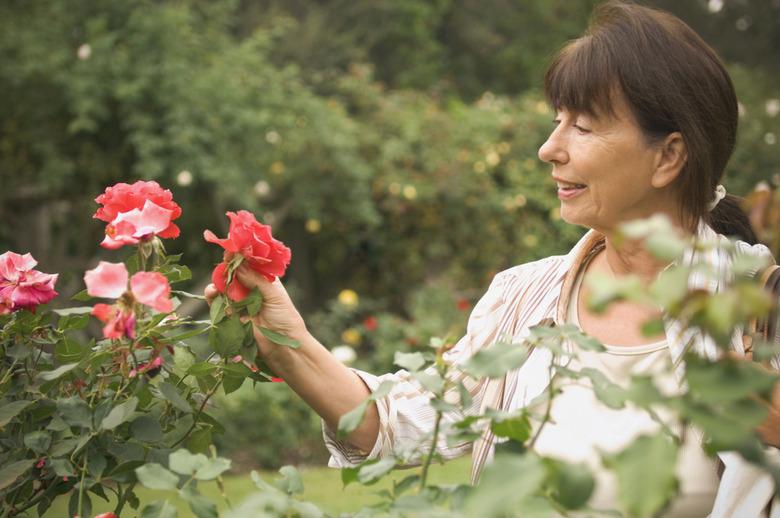How To Make Potash Fertilizer
The very first patent in the United States was for an organic fertilizer made from the ashes of burnt trees. This fertilizer was exported from the United States to Great Britain in such high demand that the era was dubbed "potash fever." The demand for wood ash fertilizers faded once other, cheaper solutions hit the market. However, it is still possible to get the potassium you need for your garden and landscape plants from natural wood ashes created at home in your fireplace or outdoor fire pit.
Wood Ashes as a Natural Source of Potash
The least toxic, organic method of fertilizing your plants is the safest for you and your family. A homemade organic fertilizer that minimizes waste and does not involve measuring or combining ingredients is the best of all worlds. The next time you burn wood in your fireplace or fire pit, save the cooled ashes to use as a natural potassium fertilizer for your landscape. Wood ashes contain approximately 8 percent potassium, notes the University of Alaska Fairbanks Cooperative Extension Service, in addition to other trace elements such as calcium and magnesium. To make the very best potash fertilizer, choose hardwoods for burning instead of softwood. Hardwoods contain more potassium and create higher ash yields. Tree bark also yields more ashes than the inner wood. To keep your ashes organic, and to avoid harm to your plants, do not use woods that have been bleached or treated with chemicals and finishes.
Uses and Applications
To determine if wood ashes are right for your landscape plants, it is best to get a soil analysis to see what nutrients are lacking, but also to know the pH of your soil. Wood ashes contain oxides and carbonates that act as natural liming agents, causing the soil to be more alkaline. Do not use wood ashes in alkaline soils or on acid-loving plants. In potassium-deficient soils, potash from wood ashes encourages your plant's development, helping them to be more resistant to drought, temperature fluctuations and disease. It also encourages strong and healthy root development. Wood ashes are best used in soils where potassium is lacking, or in soils that are overly acidic.
Application Rates
Homemade potash wood ash fertilizers are suitable for use in your garden, flower beds, around shrubs and bushes and on your lawn. One quarter of a cord creates enough ash for a bed approximately 225 square feet. Spread wood ashes at the rate of 1/2 pound per shrub or bush once a year during the spring, prior to planting. Do not allow wood ashes to come in direct contact with plant stems. Work the ashes into the soil with a rake or hand-tool, being careful not to disturb growing plants. In overly acidic lawns that lack potassium, spread wood ashes at the rate of 10 to 15 pounds per 1,000 square feet, suggests the Oregon State University Extension Service.
Precautions
While wood ashes are not dangerous to you or your family, this potash fertilizing agent has the potential to damage your plants and lawn when used under the wrong circumstances. Even if your soil analysis comes back indicating that your soil is acidic and potassium deficient, always test wood ash fertilizer in a small area first and observe the results. Do not use wood ashes as a potassium fertilizer if your soil pH is 7.0 or higher. Never store piles of wood ashes on your lawn or near your landscape plants. Wood ashes are also high in salts that may leach out in large quantities and cause plant damage.
References
- Oregon State University Extension Service: Wood Ash Can Be Useful in Yard if Used with Caution
- University of Alaska Fairbanks Cooperative Extension: Make Your Own Complete Fertilizer
- California Fertilizer Foundation: Plant Nutrients- Potassium
- University of Georgia Cooperative Extension: Best Management Practices for Wood Ash as Agricultural Soil Amendment
